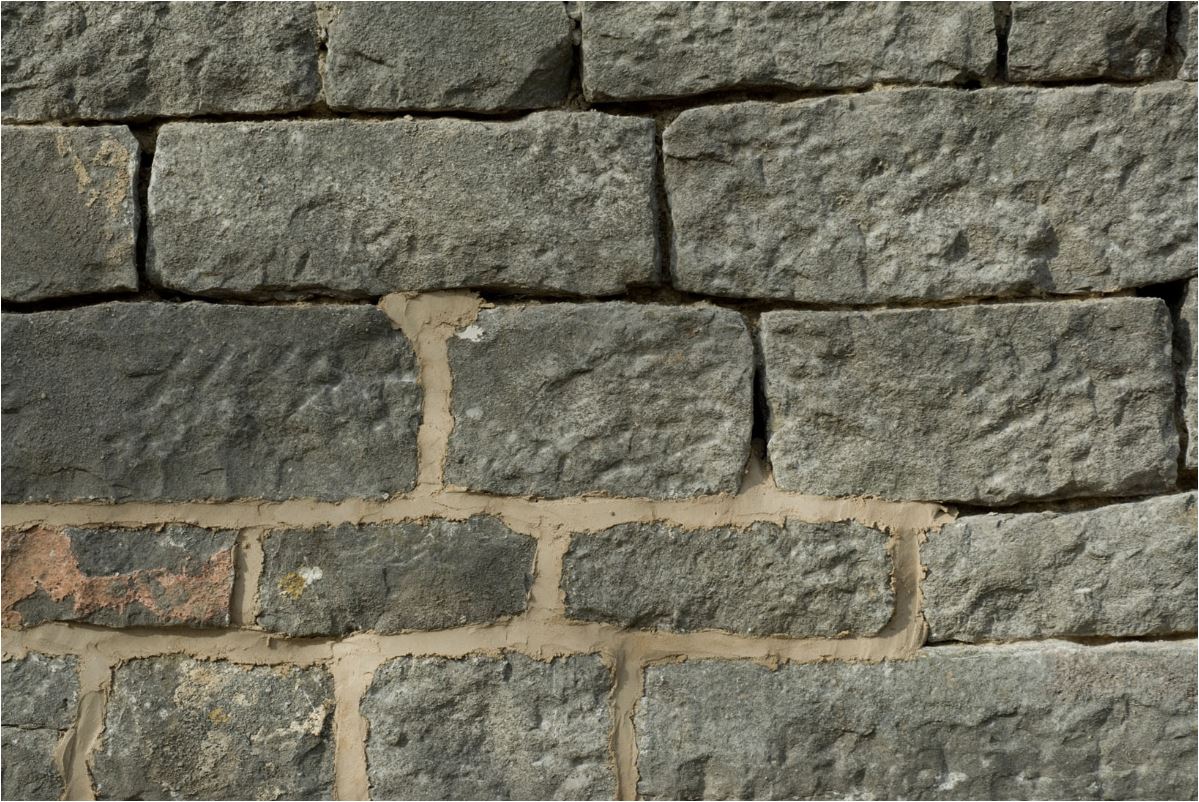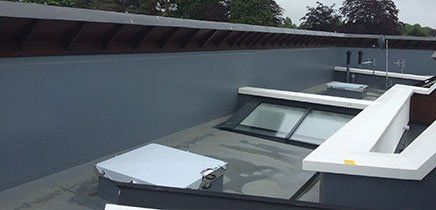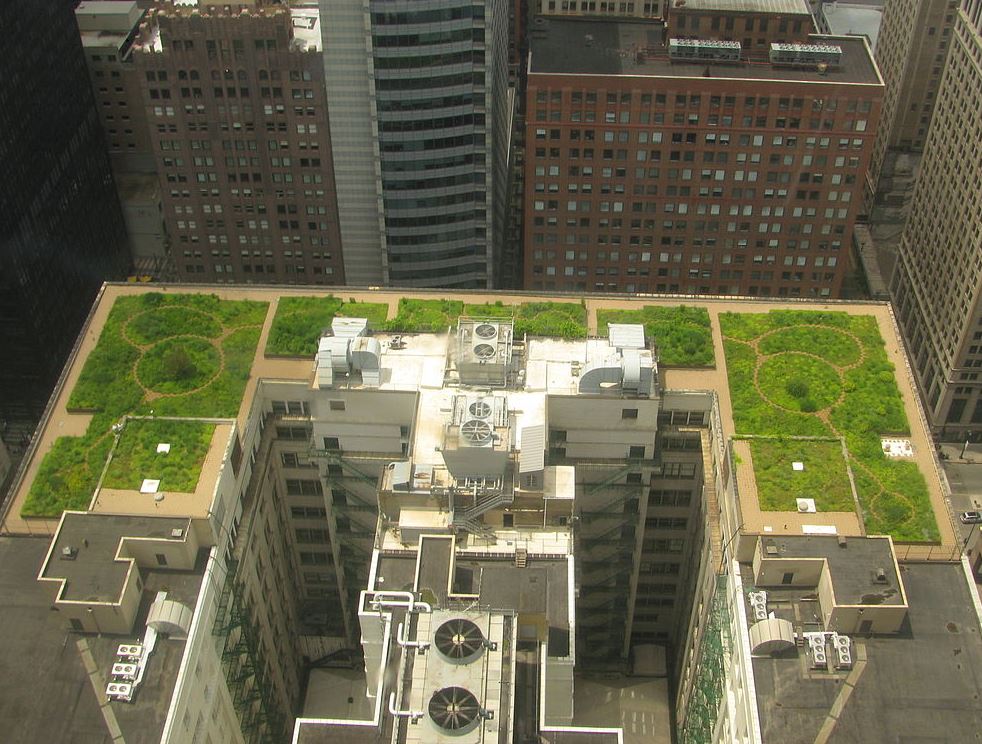The History of Roofing in Britain
Roofing in Britain has seen dramatic changes throughout the centuries, but it has always been essential to have strong durable roofs that can withstand the ever-changing British weather.
From thatching to slate, here’s a brief history of our roofing techniques over the years.
Thatch
Civilisations have existed in Britain since the Roman invasion and we started constructing buildings with concrete and mortar. The earliest form of roofing found in Britain was thatch, which is commonly made from natural materials such as grass, reeds and leaves and joined together to form a shelter. The first record of a thatched roof was said to be made in 735 AD. It was chosen mostly for its simplicity and accessibility, despite being combustible and led to many fires because wood stoves were the only source of heat for buildings at the time. Thatched roofs were discouraged after the Great Fire of London in 1666.
Wood shingles
At a similar time as thatch, wood shingles were used for roofing. It is estimated that they appeared around 1035 AD because of the interaction between the region and its neighbours. It was preferred by many to thatch because it was much more waterproof and looked much tidier. However, it was still flammable, much like thatch and also required a huge amount of time and labour in order to successfully install.
Slate
Slate became a popular choice in areas where it was readily available such as North West England and Wales. It was easy to produce because slate can be easily split into tiles rather than much more labour-intensive alternatives like wood shingles. Slate is still commonly used to this day because of its durability and longevity, as well as looking great on roofs. It does, however, require much more substantial support and was difficult to transport at the time meaning it was only found in areas it was sourced from.
Clay
The process of clay production was first introduced to Britain by the Romans in 100 BC. They showed natives how to get clay from the soil, mould it and bake it in a kiln which then led to the creation of clay tiles. As they were bulky and heavy they were only found in regions where they could be produced. After the Great Fire of London, King John encouraged the use of clay tiles to replace thatched roofs to decrease the risk of such a large-scale fire.
Concrete
Concrete is the most recently introduced material that was stronger and could be produced anywhere. It was first used for roofing in the 1920s but the market for concrete roofing didn’t fully take off until the 1960s.
B & D Roofing is based in Gorebridge and provides innovative roofing solutions throughout Scotland. We offer traditional and green roofing to help hundreds of people enjoy high-quality installations. Look no further than B & D Roofing for roofing services and maintenance for any roofing needs. Get in touch today.








